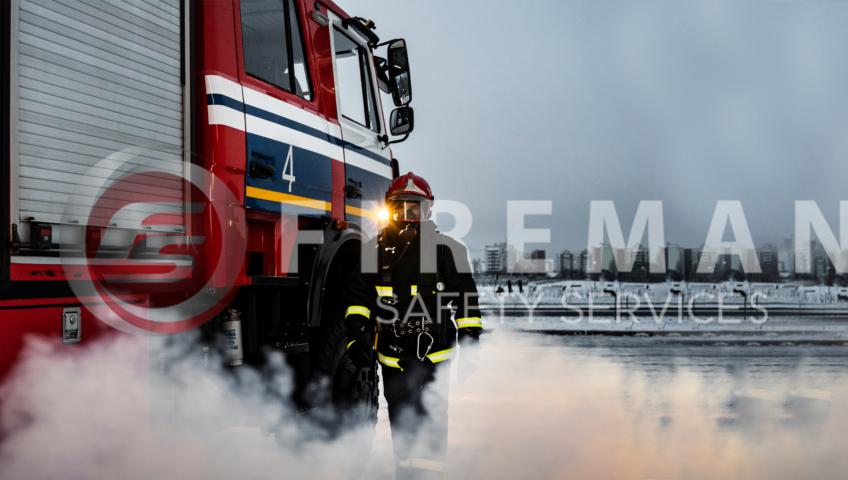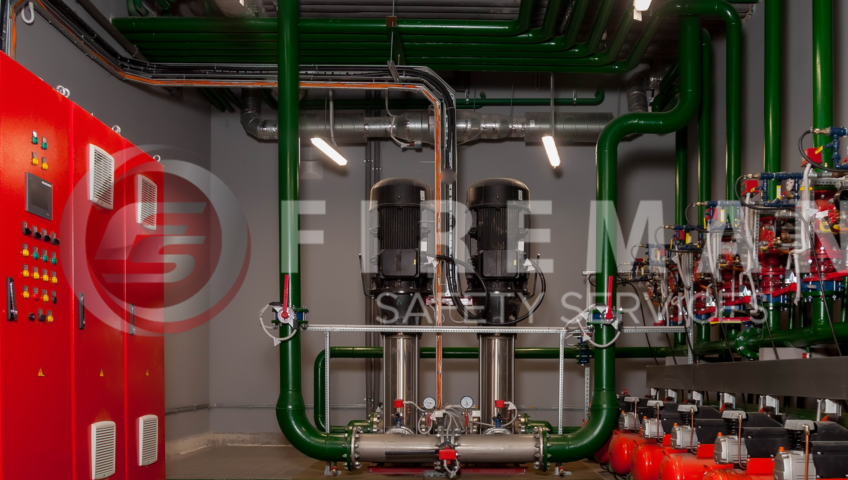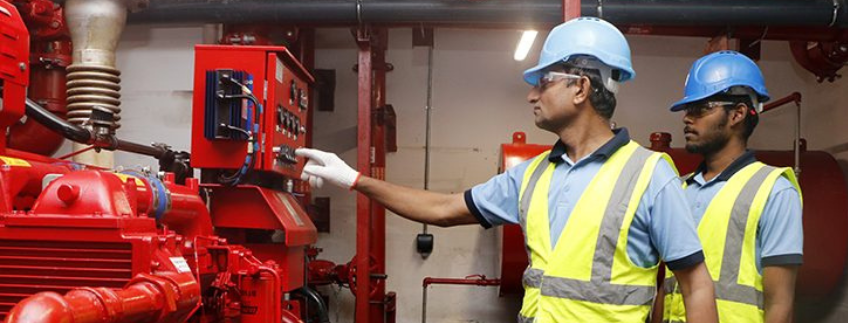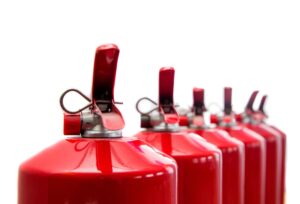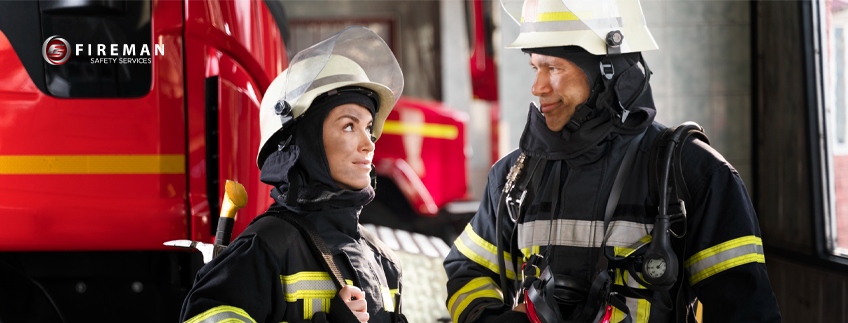
Safety First: Training and Certification Standards for Fire Fighting Service Providers in Abu Dhabi and Qatar
The importance of fire fighting service providers in the quickly changing metropolitan environments of Abu Dhabi and Qatar cannot be emphasized. When it comes to protecting people, property, and infrastructure during fire situations, these experts are indispensable. But their prompt action and successful intervention are based on a foundation of intense training and strict adherence to certification requirements. We examine the certification and training requirements that firefighters in Abu Dhabi and Qatar have to fulfill in order to maintain safety as their first priority in this blog article.
Training Standards
First, a thorough curriculum covering all facets of fire safety, emergency response protocols, and technical abilities is taught to fire fighting service providers. These training courses are intended to give firefighters the information and abilities they need to effectively and safely manage a variety of fire-related situations.
Basic Firefighting Techniques: The instruction usually begins with the fundamentals of fighting fires, which includes knowing how to handle hoses, hydrants, and extinguishers. Students gain knowledge of the various classifications of fires, their behavior, and the proper extinguishing materials for each class of fire.
Search and Rescue: To find and rescue people who are trapped in burning buildings, firefighters are trained in search and rescue procedures. This instruction covers how to safely extract victims from dangerous circumstances and navigate through smoke-filled areas.
First Aid and Medical Training: In order to help injured people at the scene of a fire right away, firefighters undergo training in first aid and medical treatments. This include basic wound treatment, CPR, and providing injured people with stabilization until further medical assistance comes.
Fire Prevention and Safety: Preventing fires is an essential part of combating them, and firefighters are educated to recognize possible risks and take preventative action before a fire starts. This include carrying out fire safety inspections, disseminating fire safety knowledge to the general public, and upholding fire laws and ordinances.
Standards for Certification
To guarantee their expertise and preparedness to handle fire situations, fire fighting service providers in Abu Dhabi and Qatar need to fulfill strict certification requirements in addition to finishing training programs.
National Certification: Firefighters in Abu Dhabi and Qatar are required to get national certification from accredited firefighting bodies. For these certificates, firefighters usually have to pass written tests, practical evaluations, and simulations to show that they are proficient in a variety of firefighting techniques, emergency response protocols, and safety protocols.
specialist certificates: Firefighters may pursue specialist certificates in fields including technical rescue, incident leadership, and hazardous materials response, contingent upon their particular roles and duties within the fire department. These certifications show mastery in particular knowledge and skill areas and call for further training.
Regular Training and Recertification: In order to preserve their expertise and stay current with emerging trends in firefighting methods and technologies, firefighters need to participate in regular training and recertification. This include taking part in routine training exercises, going to seminars and workshops, and finishing refresher courses in accordance with national certification requirements.
The skills and competencies of Abu Dhabi and Qatar firefighters play a vital role in ensuring the safety and well-being of residents, businesses and communities These professionals are equipped to deal with emergency situations quickly, efficiently and safely very strong, all thanks to a commitment to rigorous training and certification standards. By honing their skills through ongoing training, certification and unwavering dedication to their craft, firefighting professionals in Abu Dhabi and Qatar maintain a high level of professionalism Their primary responsibilities include impact prevention against the harm caused by fire to life and property, has shown an unwavering commitment to efficiency .
People also search for: fire extinguisher, Fire sprinkler


